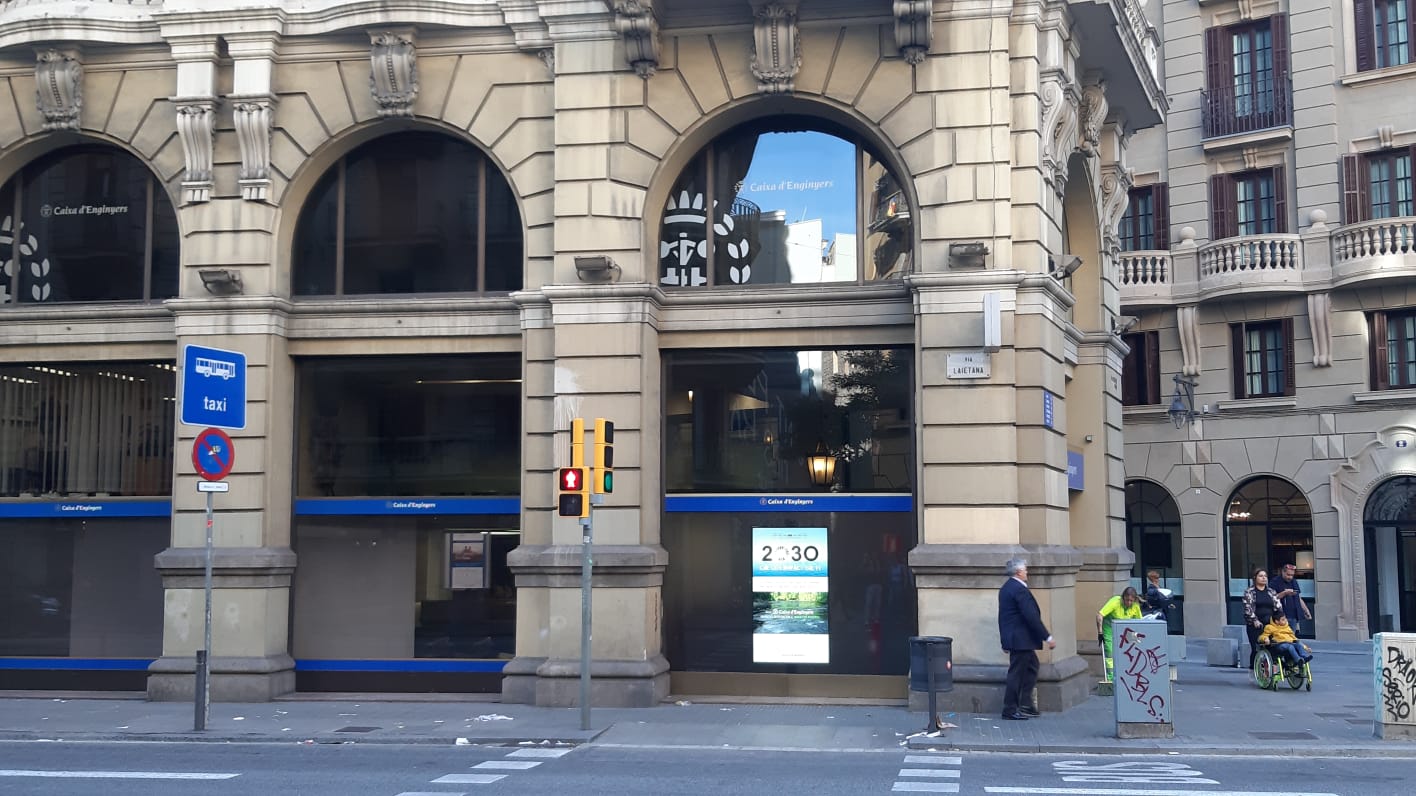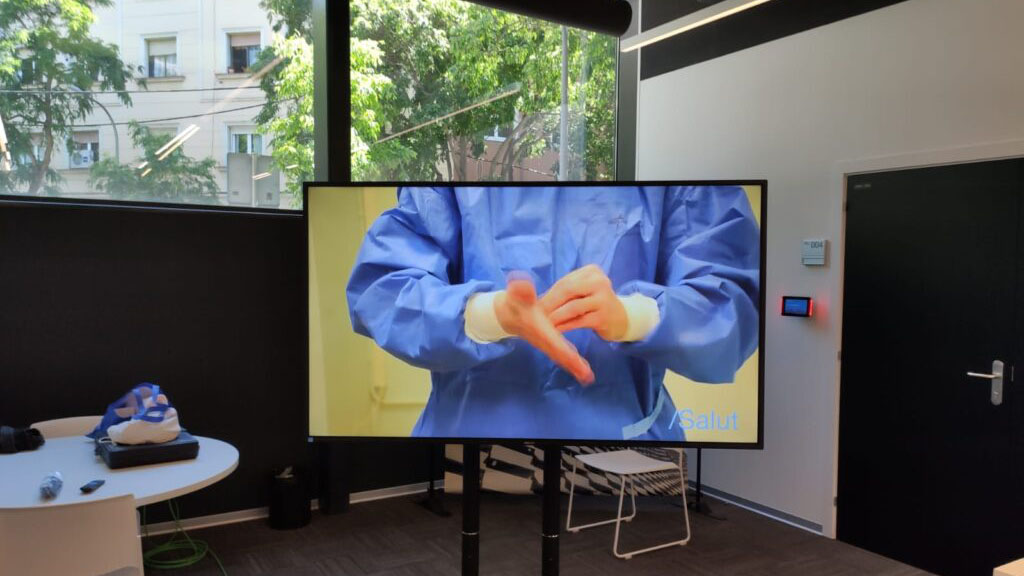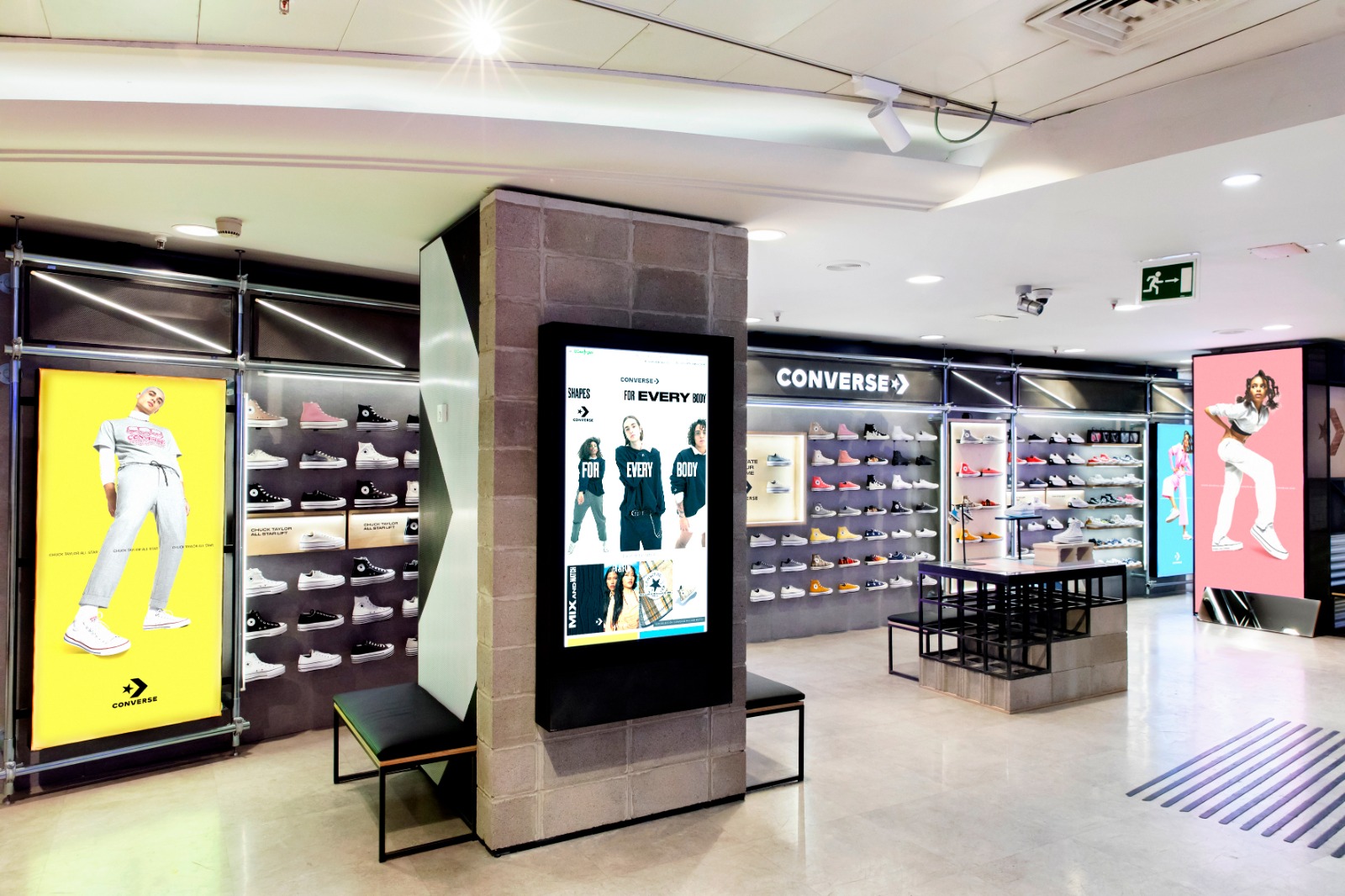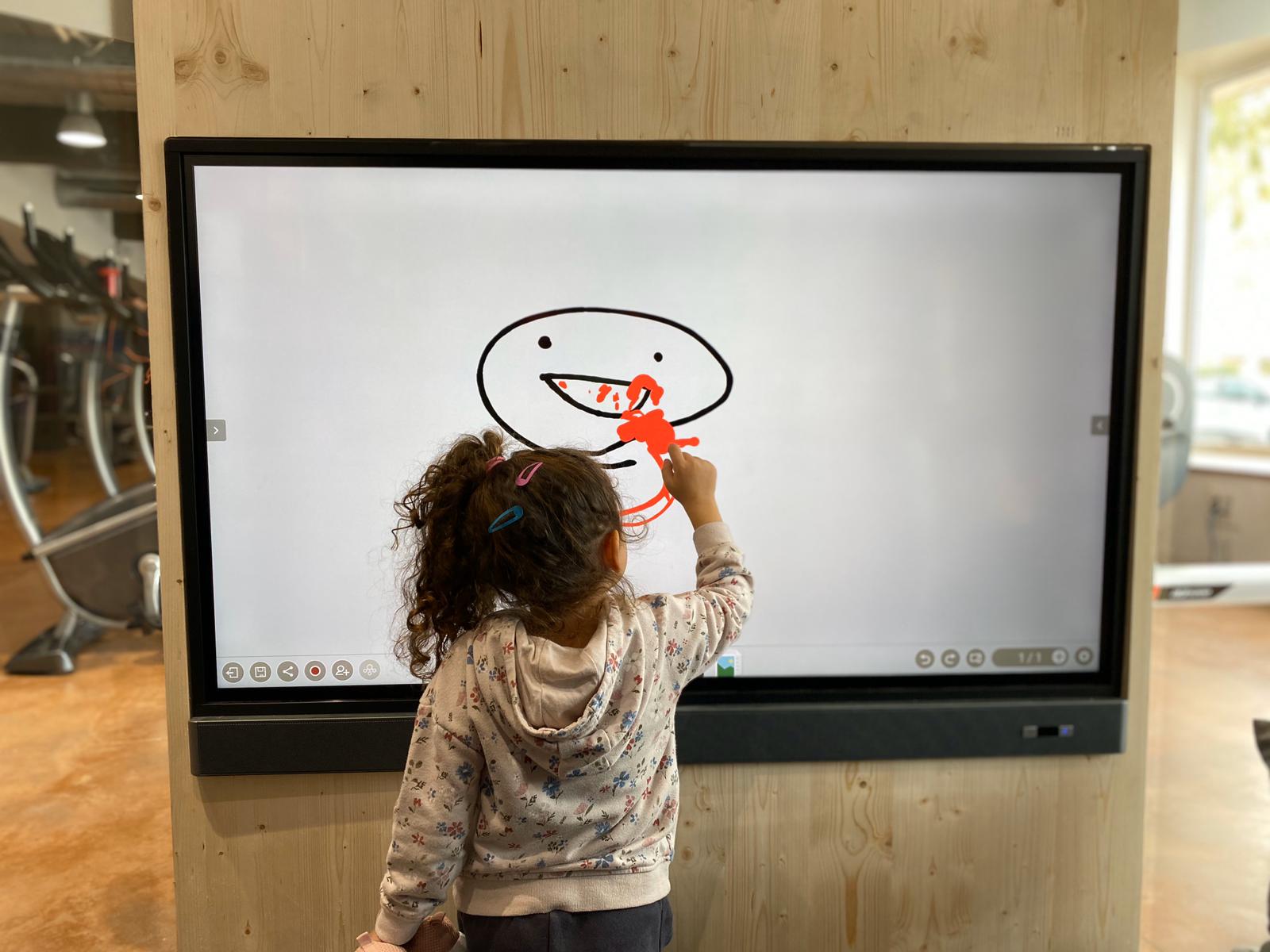Digital Signage
What is Digital Signage?
Digital Signage is a digital installation. It displays video or multimedia content for informational or advertising purposes.
We see it everywhere and many times, we have looked at advertisements in bus stations, found information about airport boarding gates, ordered food in fast food restaurants, bought movie tickets, gotten directions in museums. All thanks to digital signage and a screen installed on-site.
There are countless uses that support a diversity of business and audience needs.
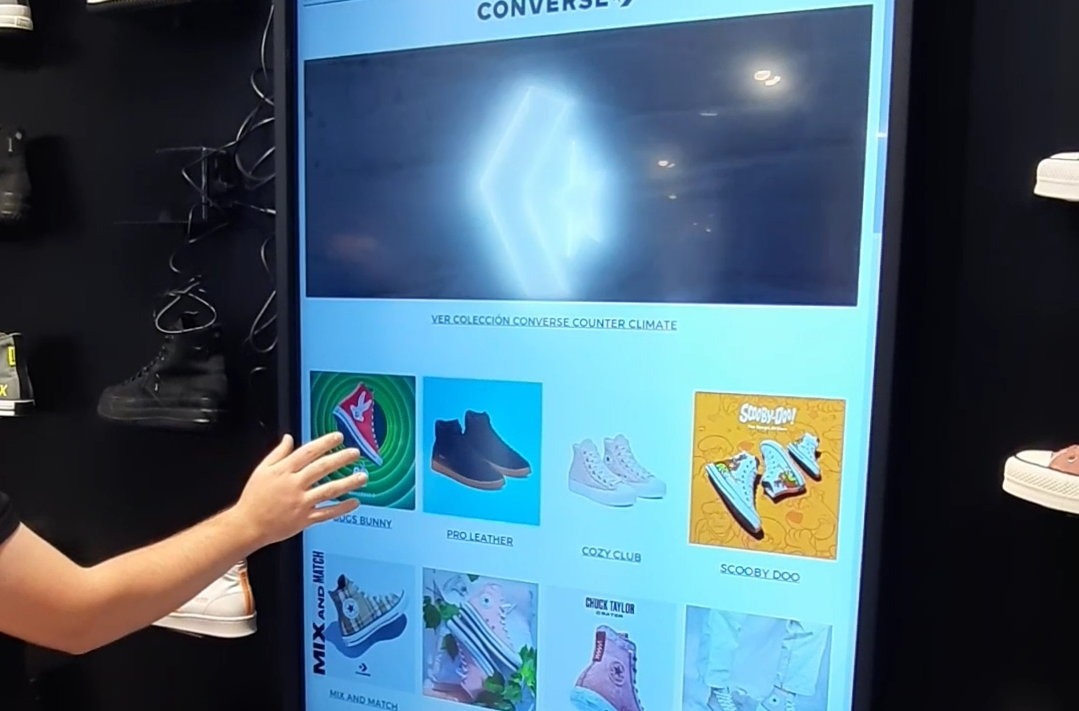
How does Digital Signage work?
Digital Signage is the communication by broadcasting multimedia content through different screens installed at different points.
The operation is very simple, what we need is:
- A totem screen or videowall. Logically you will need a place to show your content. Look for the screen that best suits your needs and space. Indoor or outdoor, brightness, size, tactile…
- Digital Signage software that allows you to remotely control the screens and their contents.
- A solid and robust Internet connection. To send content to the screens you need a good internet connection.
- Content production. Create dynamic, fun and interactive content and schedule the calendar to appear on the different screens.
As you can see the elements that make up the Digital Signage are very simple and the benefits obtained are considerable, we explain them below.

Do you need to carry out a Digital Signage project for your company and don’t know where to start?
We help you and guide you through the whole process: the screen you need, software, creativity in content production.
Benefits of Digital Signage
A few sectors of application
Digital Signage can be applied to different sectors, where it will bring a series of advantages to the communication and marketing of your company.
Here are the Digital Signage applications for each sector, choose yours!
